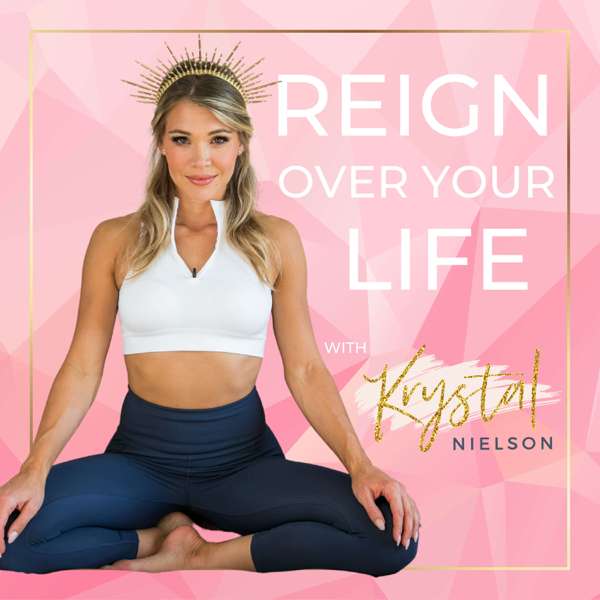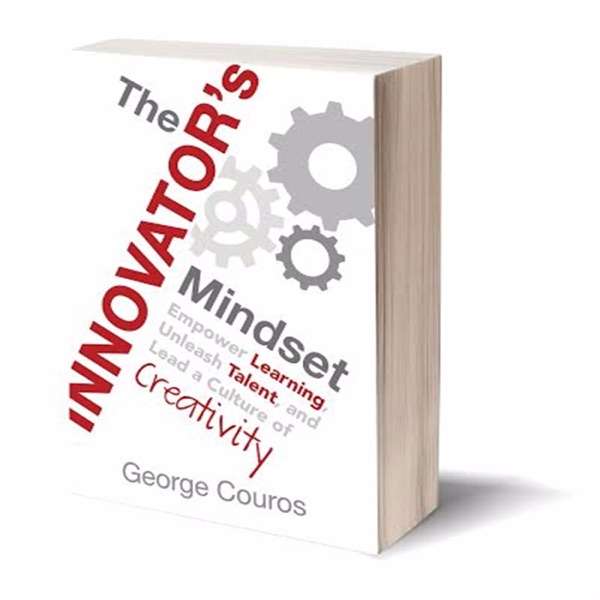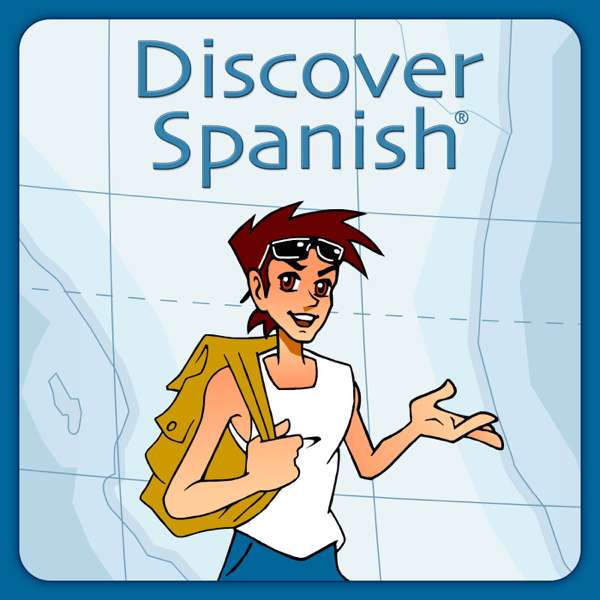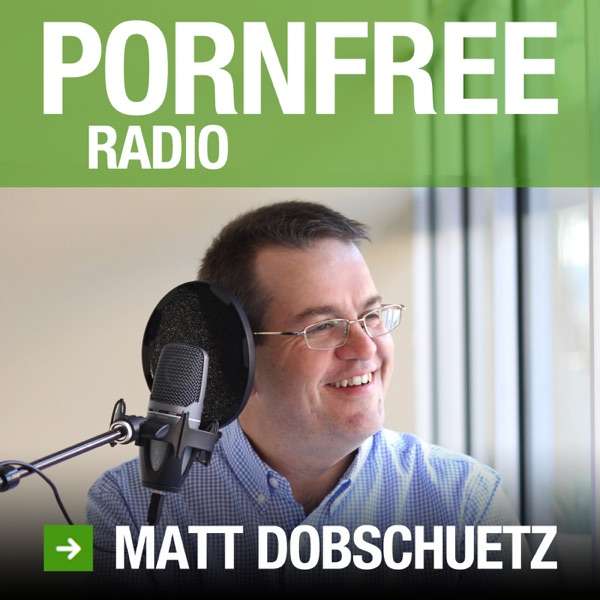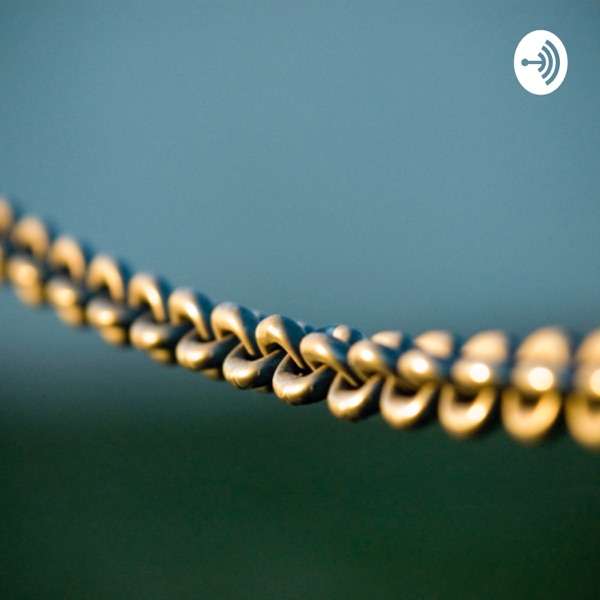I love cheesemaking. When I first learned to make cheese in 1991, I didn't think or know that I should be scared or concerned about doing it wrong. I was raised with a can do attitude, just do it, learn, learn more, then down the road master it or at least be better at it.
There are risks but cheeses often tell us we screwed up. Bloated, bouncy cheeses are obvious for example. Off colors and undesirable textures and smells are also obvious. Quite unlike Clostridium botulinum, which causes botulism, hanging out with nary a sign of its paralyzing presence looming in a jars of home canned food, improperly cured meats, and so forth.
Absolutely employ good milking practices from a healthy herd, milk from a trusted source, attentiveness to cleanliness of the cheesemaking equipment, etc but beyond that I just jumped in and still jump in—I didn't have anyone or the internet to warn me otherwise. With one thin cheesemaking book that I picked up used, I dove in.
Some of my first cheeses were from allowing milk to naturally clabber and junket rennet cheeses. I was so excited when I spotted junket rennet at the local Hy-Vee! I didn't know about chymosin and pepsin and the difference between junket which is for making custards and legitimate cheesemaking rennet.
But, I made cheese and it was exciting. It opened up a whole world to me—a world that I love dearly to this day.
Instagram: Soirée-Leone Website: soireeleone.com
Recommend Reading
- Mastering Artisan Cheesemaking by Gianaclis Caldwell
This book is a master class in book form and I highly recommend this book. She also has another book Mastering Basic Cheesemaking but if you are ready to get in the fast lane then Mastering Artisan Cheesemaking is a great start.
Rather than mimicking cheeses from around the world; learn what makes all the different textures, flavors, and so forth. Make a cheese that is truly your own even if using commercial cultures.
It is difficult, perhaps impossible, to duplicate the famous cheeses or regional specialities as so much relies on those pastures, those dairy animals, that climate, those caves and aging spaces, those techniques, that equipment, that scale, and so forth. Be inspired by all those magical cheeses and make your very own.
- The Art of Natural Cheesmaking by David Asher
With a solid foundation in making cheese from Gianaclis you can make some amazing natural cheeses (no commercial cultures, non-GMO rennets or alternative rennets, natural wrapping, washing, brushing etc.) Make a cheese that truly represents your local terrior.
- And also check out Trevor Warmedahl on Instagram and prepare to have your mind blown! milk_trekker He also has a substack so check that out too.Thank you for sharing the wealth of your travels Trevor!
Producer: Marina Darling
Recorded in beautiful Hampshire, Tennessee
Try a Podcasting 2.0 Certified app: Podfriend - Breez - Sphinx - Podstation - Curiocaster - Fountain

 Our TOPPODCAST Picks
Our TOPPODCAST Picks  Stay Connected
Stay Connected


